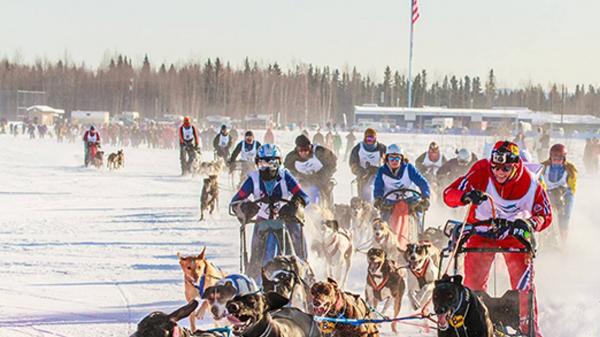Ultra Running

An ultramarathon, also called ultra distance or ultra running, is any footrace longer than the traditional marathon length of 42.195 kilometres (26.219 mi). Overview There are two types of ultramarathon events: those that cover a specified distance or route; and those that last for a predetermined period of time (with the winner covering the most distance in that time). The most common distances are 50 kilometres (31.069 mi), 100 kilometres (62.137 mi), 50 miles (80.4672 km), and 100 miles (160.9344 km), although many races have other distances. The 100 kilometers is recognized as an official world record event by the International Association of Athletics Federations (IAAF), the world governing body of track and field. Other distances/times include double marathons, 24-hour races, and multiday races of 1,000 miles (1,600 km) or even longer. The format of these events and the courses vary, ranging from single loops (some as short as a 400-metre (1,300 ft) track),[2] to point-to-point road or trail races, to cross-country rogaines. Many ultramarathons, especially trail events, have significant obstacles, such as inclement weather, elevation change, or rugged terrain. Many of these races are run on dirt roads or mountain paths, though some are run on paved roads as well. Usually, there are aid stations, perhaps every 20 to 35 kilometres (12 to 22 mi), where runners can replenish food and drink supplies or take a short break. Timed events range from 6, 12, and 24 hours to 3, 6, and 10 days (known as multi-day events). Timed events are generally run on a track or a short road course, often one mile (1.6 km) or less.[3] There are some self-supported ultramarathon stage races in which each competitor has to carry all their supplies including food to survive the length of the race, typically a week. An example of this is the Grand to Grand Ultra in the USA. The International Association of Ultrarunners (IAU) organises the World Championships for various ultramarathon distances, including 50 kilometres (31 mi), 100 kilometres (62 mi), 24 hours, and ultra trail running, which are also recognized by the IAAF. Many countries around the world have their own ultrarunning organizations, often the national athletics federation of that country, or are sanctioned by such national athletics organizations. World best performances for distances, times, and ages are tracked by the IAU. Racewalking events are usually 50 km, although 100 km and 100 mile (160 km) "Centurion" races are also organized. Furthermore, the non-competitive International Marching League event Nijmegen Four Days March has a regulation distance of 4 × 50 km over four days for those aged 19–49.














